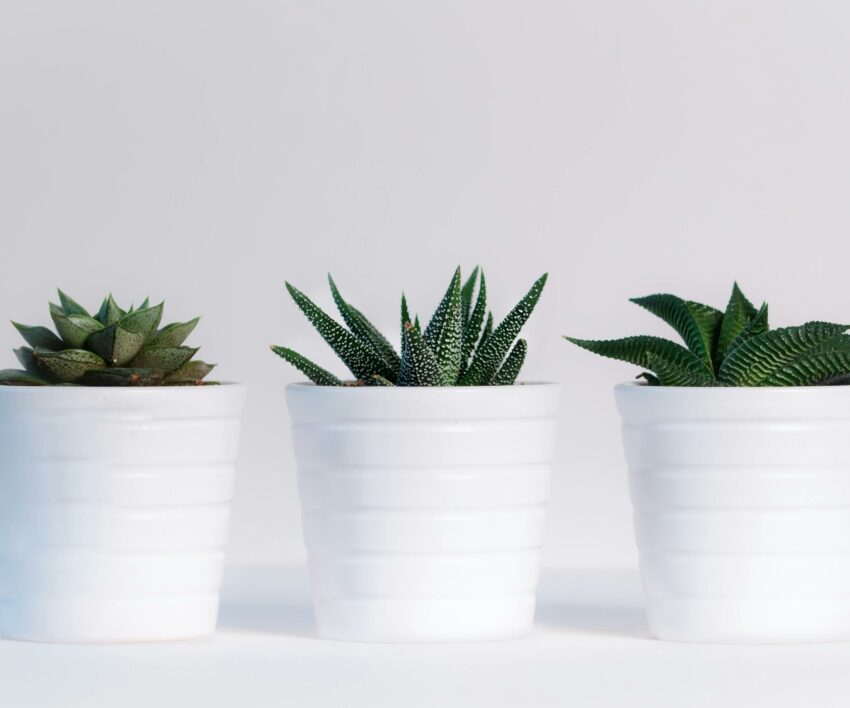
The condition of your indoor plants varies with the seasons, as some require sunlight while others do not.
According to the Dimple Life Hub, says that indoor houseplants’ growth habits vary as season changes from summer to autumn. To ensure that your plants keep their best health and energy throughout this seasonal change, the hub advises adjusting your houseplant care routine to account for changing brightness levels, temperature ranges, and humidity changes.
Plants require constant hydration to sustain their growth and overall health. It is strongly advised that moisture levels be checked continuously to notice any changes in water demand. During hot weather, total saturation or drenching may serve for necessary feeding; however in cold weather, certain specimens with an inherent exposure to heavy watering may require a concentrated treatment at specific places, says Plantify.
The above-mentioned hub suggests five ways to care for your indoor plants:
- Cooler months need less water: Houseplants enter the inactive phase during cooler months resulting in slower growth. The solution for this would be to water the soil from two inches deep.
- Maximise light exposure: Rotate plants every week during periods of low sunlight.
- Regularly Cleaning Plant Leaves: Wiping or showering leaves can remove dust collection, as leaves need to be cleaned regularly to enhance photosynthesis.
- Observe Humidity and indoor temperature levels: Houseplants thrive in conditions of higher humidity. Increase humidity by placing rocks under pots to evaporate water without soaking the soil.
- Caring for houseplants during changing seasons: Reduce temperature swings and avoid placing plants near radiators, fireplaces, or air conditioning units.
Also see: 10 Lodges to visit in Mpumalanga




